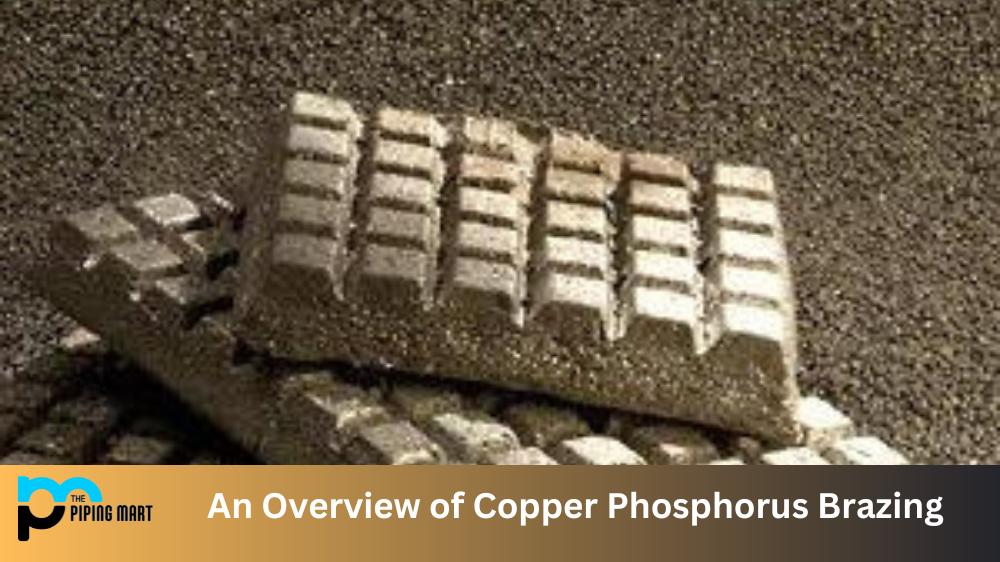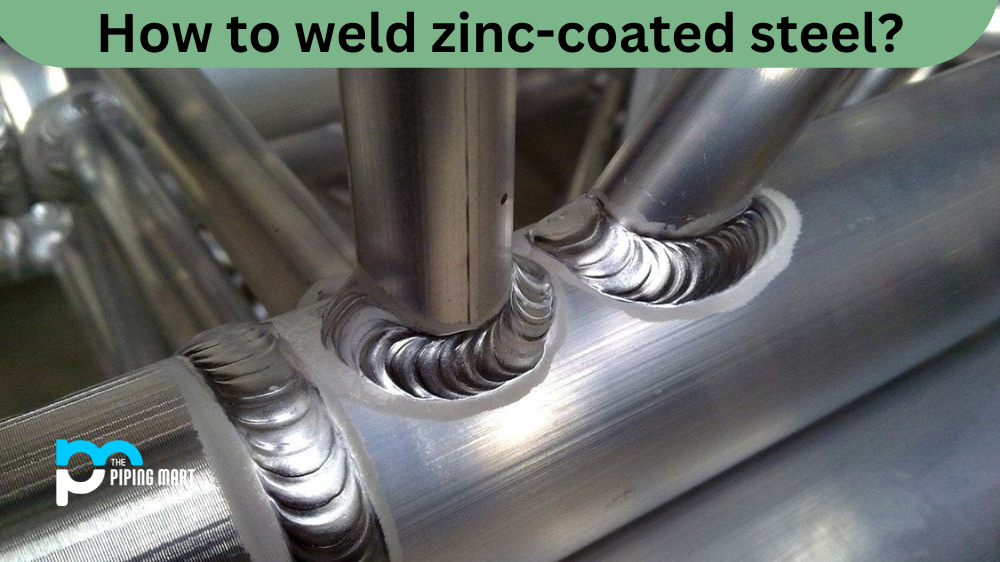Brazing is a metal-joining process that uses heat and a filler metal to join two pieces of metal together. Copper phosphorus brazing is especially popular because it involves significantly lower temperatures than other types of brazing. It is also used for parts with complex designs since the copper-phosphorus alloy provides greater strength and ductility. Let’s take a look at what makes copper phosphorus brazing so special.
What is Copper Phosphorus Brazing?
Copper phosphorus brazing involves joining metals by heating them to just below their melting point and then applying a copper-phosphorus alloy, which has a much lower melting point than the base metals being joined. The copper-phosphorus alloy melts at around 850°F (454°C), while traditional brazing requires temperatures up to 1,500°F (816°C). This allows for more precise control over the process and better protection of the base materials from thermal damage or warping.
Benefits of Copper Phosphorus Brazing
The advantages of using copper phosphorus brazing include its ease of use, low cost, and high strength. It is economical to join two different components without having to weld them together. Additionally, it produces strong joints that are highly resistant to corrosion and vibration, making it ideal for applications in which reliability is paramount. This brazing also does not require any flux or flux residue cleaning, making it easier to use than other brazing processes.
Applications for Copper Phosphorus Brazing
Copper phosphorus brazing can be used in many industries, including automotive manufacturing, plumbing and HVAC systems, and electrical equipment manufacturing. It can join pipes in plumbing systems or create frames for industrial equipment such as pumps and motors. It can also be used in automotive repair shops to repair radiators or brake lines quickly and efficiently without requiring extensive welding work on delicate components such as aluminum parts or thin sheet metal panels. Finally, this type of brazing can be used on electrical components such as circuit boards where it provides superior conductivity compared to traditional soldering methods due its low resistance properties.
Conclusion
In conclusion, copper phosphorus brazing offers many benefits over other metal joining processes due to its relatively low-temperature requirements and high-strength results. It is easy to use and cost-effective while still providing superior performance under extreme conditions such as vibration or corrosion environments where traditional welding techniques would fail miserably. From automotive repair shops to industrial manufacturing plants, copper phosphorus brazing has become an invaluable tool for providing reliable connections between two pieces of metal quickly and easily without sacrificing quality.

Abhishek is a seasoned blogger and industry expert, sharing his insights and knowledge on various topics. With his research, Abhishek offers valuable insights and tips for professionals and enthusiasts. Follow him for expert advice on the latest trends and developments in the metal industry.




